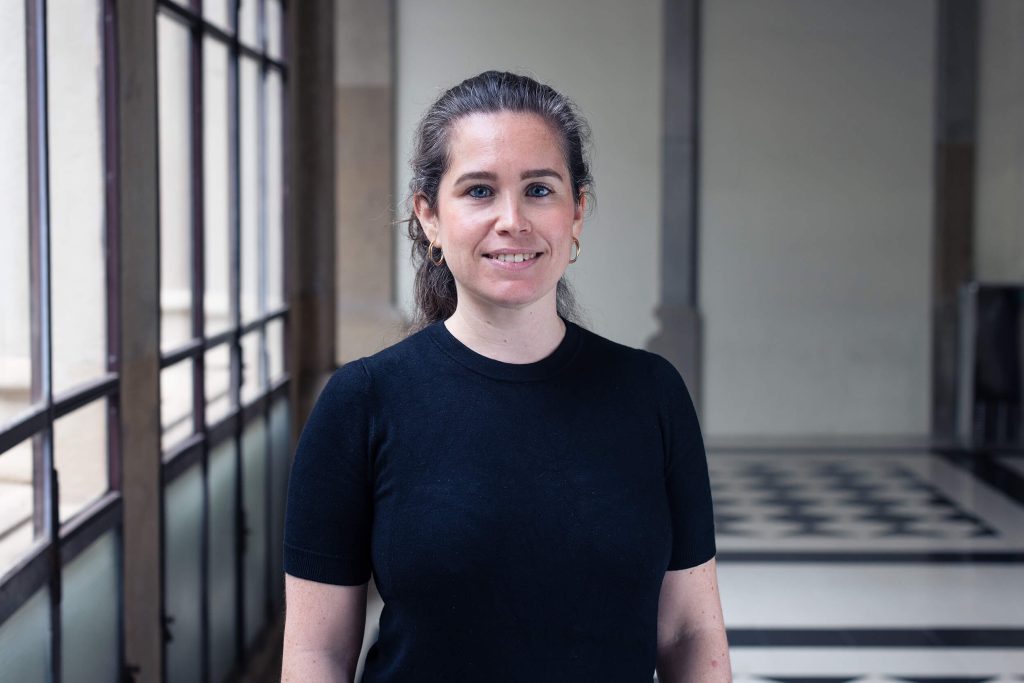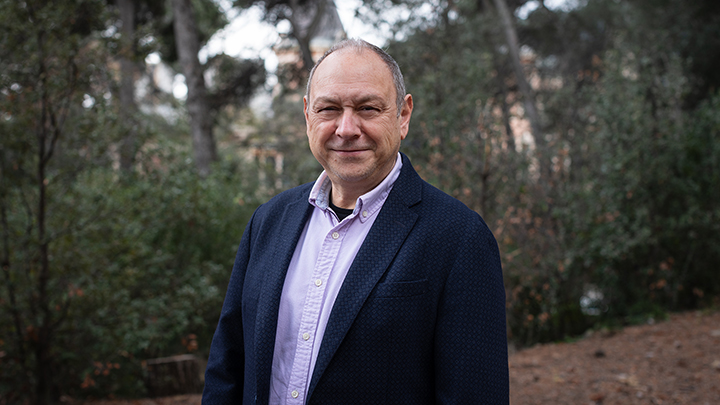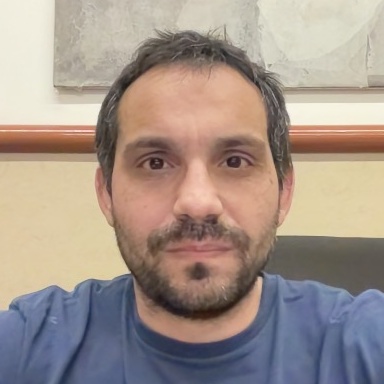Vision and Control of Action
This programme focuses on how people make perceptual and sensorimotor decisions and cognitive decisions. In daily life, humans make decisions at multiple levels. They have to decide between competing actions or responses within complex and rich environments. Optimal decision making depends on people encoding and decoding sensory information reliably. One of the research interests is how humans decode sensory information to reflect the 3D layout of the environment in order to unfold motor actions more efficiently. Also, this programme tackles how motor predictions are integrated with sensory feedback information (e.g. visual, proprioceptive, auditory) in order to make the necessary motor adjustments to accomplish the goals: minimising errors or maximizing gains.
From a computational point of view, the underlying processes that lead to optimal decisions can be characterised using optimality frameworks. Finally, the same principles are used to address decision making at a more central level (e.g. cognitive tasks).
Technologies & Methods
- Psychophysics
- Virtual reality
- Psychophysical techniques
- Eye movement recordings
- Computer simulations of neural network models
Research Team
Angels Colome
Associate Professor
Elisabet Tubau
Associate Professor
Jaume Boned
Early Stage Researcher
Marta Natalia Torres
Early Stage Researcher
Pamela Villavicencio
Early Stage Researcher
Andrés Méndez
Early Stage Researcher
Cristina Rodríguez
Early Stage Researcher
Active Projects
Efecto de la variabilidad en escenas visuales sobre la percepción y la acción en entornos complejos
Ministerio de Ciencia e Innovación (MICINN). CNS2022-135808. Cristina de la Malla.
Papel de la sincronía ocular en la sincronía neuronal y en la mejora de las funciones cognitivas en pacientes con Alzheimer
Ministerio de Ciencia e Innovación (MICINN). PID2022-139968OB-I00. Hans Super.
Actualización del espacio 3D a partir del flujo óptico
Ministerio de Ciencia, Innovación y Universidades. PID2020-114713GB-I00. Joan Lopez-Moliner.
Prevención del disconfort visual mediante el ajuste del contenido espectral dinámico en realidad virtual
Ministerio de Ciencia e Innovación (MICINN). PDC2021-121090-I00. Joan Lopez-Moliner.
Detección de riesgo de la enfermedad de Alzheimer mediante el análisis de movimientos oculares fijacionales registrados por una cámara selfie de un teléfono inteligente
Ministerio de Ciencia e Innovación. PDC2022-133054-I00. Hans Super.
Ilusión causal y creencias pseudocientíficas
Ministerio de Ciencia e Innovación (MICINN). PID2022-138016NB-I00. Javier.
Fundamento cognitivo de las creencias pseudocientíficas
Ministerio de Ciencia, Innovación y Universidades. PID2019-106102GB-I00. Javier.
Interrupción de la predicción del movimiento visual
Ministerio de Ciencia, Innovación y Universidades. PID2020-116400GA-I00. Cristina de la Malla.
De codificación predictiva a aprendizaje de patrones visuales y neuronales
Ministerio de Ciencia e Innovación (MICINN). PID2022-142599NB-I00. Matthias Sven.
El benestar emocional i la salut mental en infants amb trastorns de l’aprenentatge i les seves famílies: un abordatge integral
Fundació Caixa de Pensions 'La Caixa'. CC21-0093. Maria Del Carmen.
Vision and Control of Action (VISCA)
Agència de Gestió d'Ajuts Universitaris i de Recerca (AGAUR). 2021 SGR 00061. Joan Lopez-Moliner.
Selected publications
Bast, N., Boxhoorn, S., Supér, H., Helfer, B., Polzer, L., Klein, C., Cholemkery, H., & Freitag, C. M. (2023). Atypical Arousal Regulation in Children With Autism but Not With Attention-Deficit/Hyperactivity Disorder as Indicated by Pupillometric Measures of Locus Coeruleus Activity. Biological Psychiatry: Cognitive Neuroscience and Neuroimaging, 8(1), 11–20. https://doi.org/10.1016/j.bpsc.2021.04.010
de la Malla, C., & Goettker, A. (2023). The effect of impaired velocity signals on goal-directed eye and hand movements. Scientific Reports, 13(1), 13646. https://doi.org/10.1038/s41598-023-40394-0
Hashemi, A., Leonovych, O., Jiménez, E. C., Sierra-Marcos, A., Romeo, A., Valenzuala, P. B., Puig, M. S., Moliner, J. L., Tubau, E., & Supèr, H. (2023). Classification of MCI patients using vergence eye movements and pupil responses obtained during a visual oddball test. Aging and Health Research, 3(1), 100121. https://doi.org/10.1016/j.ahr.2023.100121
Romeo, A., & Supèr, H. (2023). Optimal twist angle for a graphene-like bilayer. Journal of Physics: Condensed Matter, 35(16), 165302. https://doi.org/10.1088/1361-648X/acb985
Tubau, E., Colomé, À., & Rodríguez-Ferreiro, J. (2023). Previous beliefs affect Bayesian reasoning in conditions fostering gist comprehension. Memory & Cognition, 51(8), 1819–1835. https://doi.org/10.3758/s13421-023-01435-1




